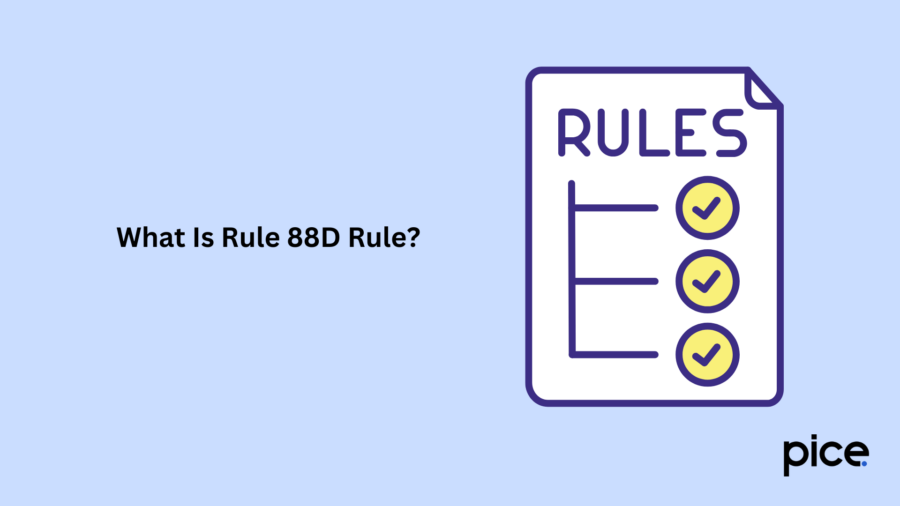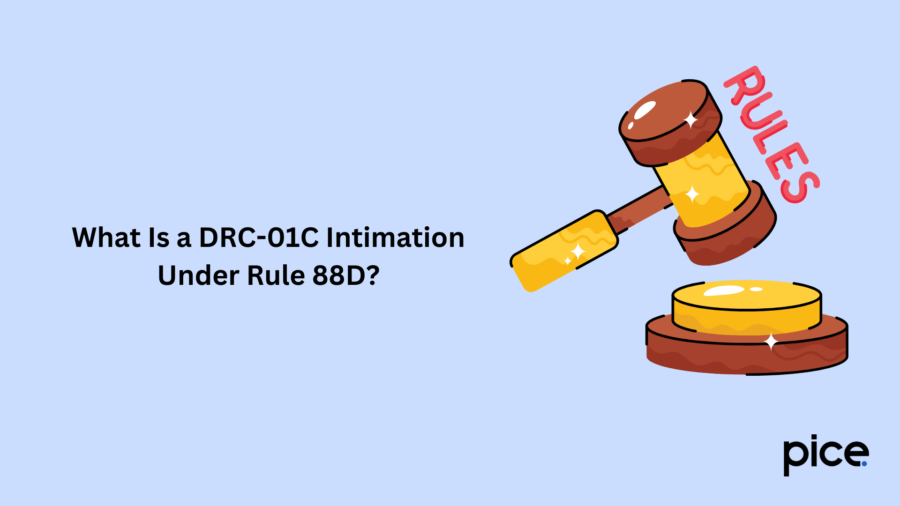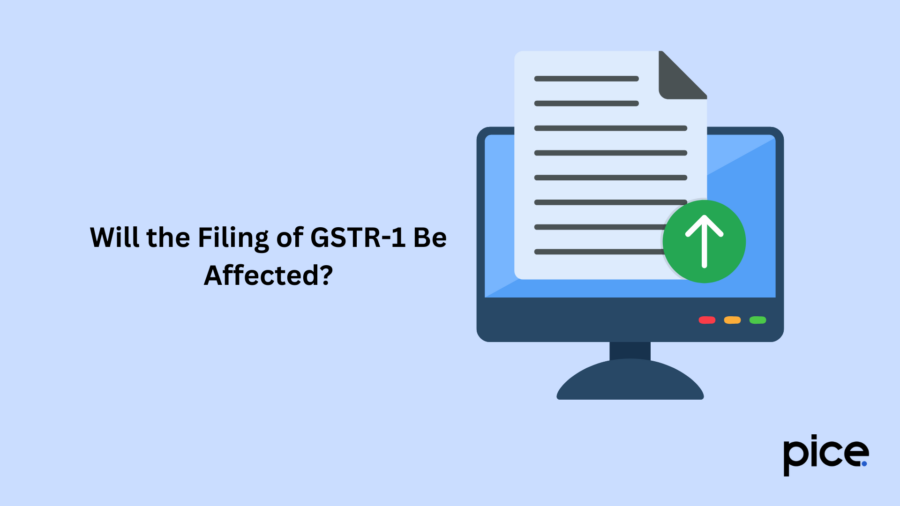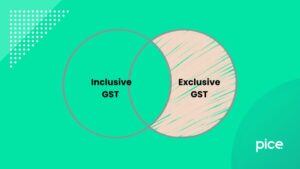DRC 01C in GST Intimation: ITC Mismatch GSTR-2B vs GSTR-3B
- 20 Dec 24
- 9 mins

DRC 01C in GST Intimation: ITC Mismatch GSTR-2B vs GSTR-3B
- What Is Rule 88D Rule?
- Reasons for Mismatches Between GSTR-2B and GSTR-3B
- What Is a DRC-01C Intimation Under Rule 88D?
- Who Receives a DRC-01C Intimation?
- What to Do Upon Receiving a DRC-01C Intimation?
- Will the Filing of GSTR-1 Be Affected?
- How to File a Reply to DRC-01C Notification?
- Consequences of Non-Compliance
- Conclusion
Key Takeaways
- Rule 88D triggers Form DRC-01C notifications for ITC mismatches between GSTR-3B and GSTR-2B.
- Respond to DRC-01C within 7 days to justify discrepancies or reverse excess ITC claims.
- Common mismatches arise from supplier errors, transaction misclassification, or unclaimed ITC from prior periods.
- Ignoring DRC-01C can block GSTR-1 filing and lead to penalties under GST rules.
- Reconcile claims, submit valid responses, and provide supporting documents to ensure compliance.
A new method to cure ITC mismatches between Form GSTR-3B and GSTR-2B was notified at the 50th GST Council meeting. This assembly took place on July 11, 2023. Afterwards, Rule 88D of the CGST Act enabled the taxation system to forward intimations to all registered persons automatically.
This 38/2023 Notification helped to restrict major potential discrepancies in the details of Input Tax Credit (ITC) reported across two GST returns.
One can find comprehensive information regarding total outward and inward supplies, taxes paid and ITC claims by a business by going through GSTR-3B returns. Whereas, GSTR-2B is a static form in a default format that states the available ITC margins for different expenses and business purchases throughout a specific tax return period.
The DRC-01C in GST resembles the DRC-01B very closely and helps figure out GST liability discrepancies between GSTR-3B and GSTR-1. We suggest you continue reading to learn more about the 88D ITC rule to find mismatches in supplier filings between GSTR-2B and GSTR-3B.
What Is Rule 88D Rule?

A mechanism has been set to distribute system-generated notifications as per Rule 88D of the CGST Act. It gets activated as soon as the ITC reflected in GSTR-3B crosses the predefined percentage of the ITC amount on Form GSTR-2B.
When a scenario like the one described above arises, the respective taxpayers are intimated via a system-generated alert message - Form DRC-01C. You can access this form through your GST-registered email address or through your account on the common GST portal. Particulars about the ITC mismatch are generally mentioned in part A of File DRC-01C.
To justify the excess ITC claim, you have to give valid reasons in Part B of the same form. In addition, you can upload supporting documents to strengthen your argument. Otherwise, the second option you have is to settle the excess ITC within one week of receiving the intimation.
Once you select any of the above-mentioned courses, the tax authorities review your response and proceed to take appropriate action.
Reasons for Mismatches Between GSTR-2B and GSTR-3B
Although both GSTR-2B and GSTR-3B are auto-generated statements and are planned strategically, errors in supplier filings can still take place. Some of these gaps can be genuine too and thus need to be addressed to the tax officer.
The following are some valid reasons for the input tax credit reporting discrepancies:
- The supplier has mistakenly fed in the numbers and accordingly, errors were reflected in Form GSTR-2B. These are referred to as GST rate errors or clerical errors.
- The concerned supplier has stated the wrong nature of transactions. This means that instead of B2B (business to business), some transactions were mentioned as business-to-customer (B2C). Hence, mismatches occurred in GSTR-2B.
- Sometimes misclassifying inter-state GST transactions as intra-state, or vice versa, can even lead to incorrect GSTR-2B generation.
- At times when ITC had not been claimed during the previous tax period(s), it can also cause confusion. It can also comprise instances of receiving goods in parts or instalments.
- Input Tax Credit applicable on importing goods that are not listed under GSTR-2B
- ITC filed against inward supplies from a Special Economic Zone (SEZ) that are not a part of GSTR-2B
- Missed claiming ITC in any of the previous tax cycle(s)
- Reversal of ITC after settling bills to a supplier towards a company invoice, where the CGST Rule 37 influenced the reversal in any of the past taxation periods
- Extra ITC reversal in any past tax period that has been reclaimed during the current period
- Finally, when the taxpayer mentions incorrect details in GSTR-3B and later on amends those entries in the following GST period. These actions are necessary to deal with wrong tax rates, typographical errors, etc.
What Is a DRC-01C Intimation Under Rule 88D?

The CGST Act has streamlined the process of dealing with mismatches between GSTR-3B and GSTR-2B by introducing Rule 88D. According to this legal statement, when the ITC posted in a business' GSTR-3B overshoots the ITC limit allowed in GSTR-2B for the same tax period, then a DRC-01C will be issued to the concerned taxpayer.
Part A of Form DRC-01C in GST highlights the mismatches reported and shows how much extra ITC amount has been claimed by the business. If extra ITC has been claimed, then you need to provide a valid reason within 7 days.
Who Receives a DRC-01C Intimation?
Any registered person who has claimed excess input tax credit for a supply than the prescribed amount in GSTR-2B can get a DRC-01C intimation. Typically, these notices are created digitally via the GST portal. They declare the particulars of discrepancies and also mention what could be further consequences.
You must promptly acknowledge the receipt and take the necessary steps to ensure direct tax compliance with GST norms.
What to Do Upon Receiving a DRC-01C Intimation?
As soon as you receive DRC-01C, you have to reconcile the ITC claims during the highlighted tax periods. It will assist you in finding the reasons for additional claims.
In case you realise that you mistakenly made an excess claim, consider reversing the ITC along with due interest immediately. Besides, you must provide a response through Form DRC-01C Part B upon visiting the unified portal. Taxpayers can either choose from a set of predefined reasons or provide a detailed clarification by selecting 'Any Other Reasons'. For any such relevant reason, proper documents must be uploaded to support your interest.
Will the Filing of GSTR-1 Be Affected?

If a satisfactory response to the DRC-01C in GST is not provided, it may lead to grave consequences. According to GST norms, no taxpayer can file their GSTR-1 return if they have received a DRC-01C form. Thus, it is very essential to emphasise responding to this notice, as it will help you avoid unwanted delays and penalties.
How to File a Reply to DRC-01C Notification?
You have to address DRC-01C Part B by completing the official GST portal login while attempting to file a valid response. To access this option, you must navigate to the ‘Returns’ tab and enter all the required information, including the actual reasons for a discrepancy or ARN of the DRC-03 section.
As a responsible taxpayer, you should ensure completeness and preciseness in this response. To achieve this, carefully upload all the proper reconciliations and documents as needed.
When you follow the directions as mentioned on the official government portal, it will expedite the procedure of rectification. Additionally, your business won't be subject to any penalties for GST non-compliance.
Consequences of Non-Compliance
If you do not respond to Form GST DRC-01C, you cannot fill out GSTR 1. Moreover, you will be liable to pay interest and penalties under the CGST Act, plus a demand notice and adjudication will be issued as per Rule 88D(3).
Conclusion
Dealing with a DRC-01C in GST is not pretty straightforward for most taxpayers, but knowing the procedure of responding and following the right guidelines can make it easier to avoid additional obligations.
You should quickly send your response, provide all the valid explanations, and ensure that your business is following all other GST regulations. Getting these things right will provide you with the much-needed confidence to run operations smoothly.
💡If you want to streamline your payment and make GST payments, consider using the PICE App. Explore the PICE App today and take your business to new heights.
 By
By 















